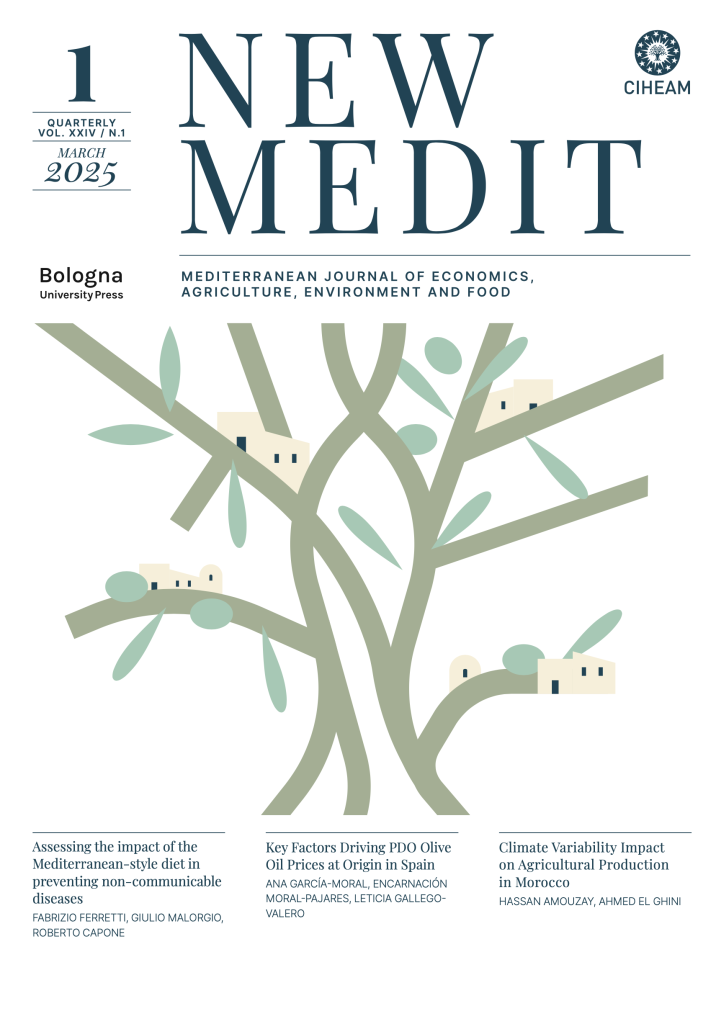A price analysis and management model for Adriatic small Pelagic fish (anchovies and pilchards)
New Medit, vol 11, n.1, (March 2012), pp. 17-26
Language: EN
Jel classification: C22, Q11, Q22
This study focuses on the price formation mechanisms and was conceived due to the crucial nature of the Adriatic small pelagic fish market. It covers several aspects of the market, although those specifically connected with supply and demand were the primary focus. The issue of price formation mechanism is unique in the fish and seafood production sector as fishing companies, unlike many other industrial sectors, cannot plan production. Fishing boats head out to sea without any certainty that the market will absorb the entire catch and that the price obtained will be profitable. This implies that, in practice, variable costs are not easily adjustable as they are paid in advance. In more general terms, this leads to a degree of asymmetry in the management of fishing companies. The daily price series and associated volumes for the year 2009 were analyzed for anchovies (Engraulis Encrasicolus) and pilchards (Sardina Pilchardus) in the main Adriatic fishing areas. The analysis shows that a uniform approach to managing the average price of small pelagic fish for the entire Adriatic Sea would not be effective, as this would negatively impact local niche markets. Specifically, the average annual prices for anchovies (Engraulis Encrasicolus) vary greatly at the different markets and there is little competition within the various fish and seafood markets. The study also focused on determining “no-fishing days” to control the supply of product on the markets, incorporating economic/income data from companies operating in the Adriatic small pelagic fish sector.
price, seafood markets, small pelagic fish, no-fishing days











